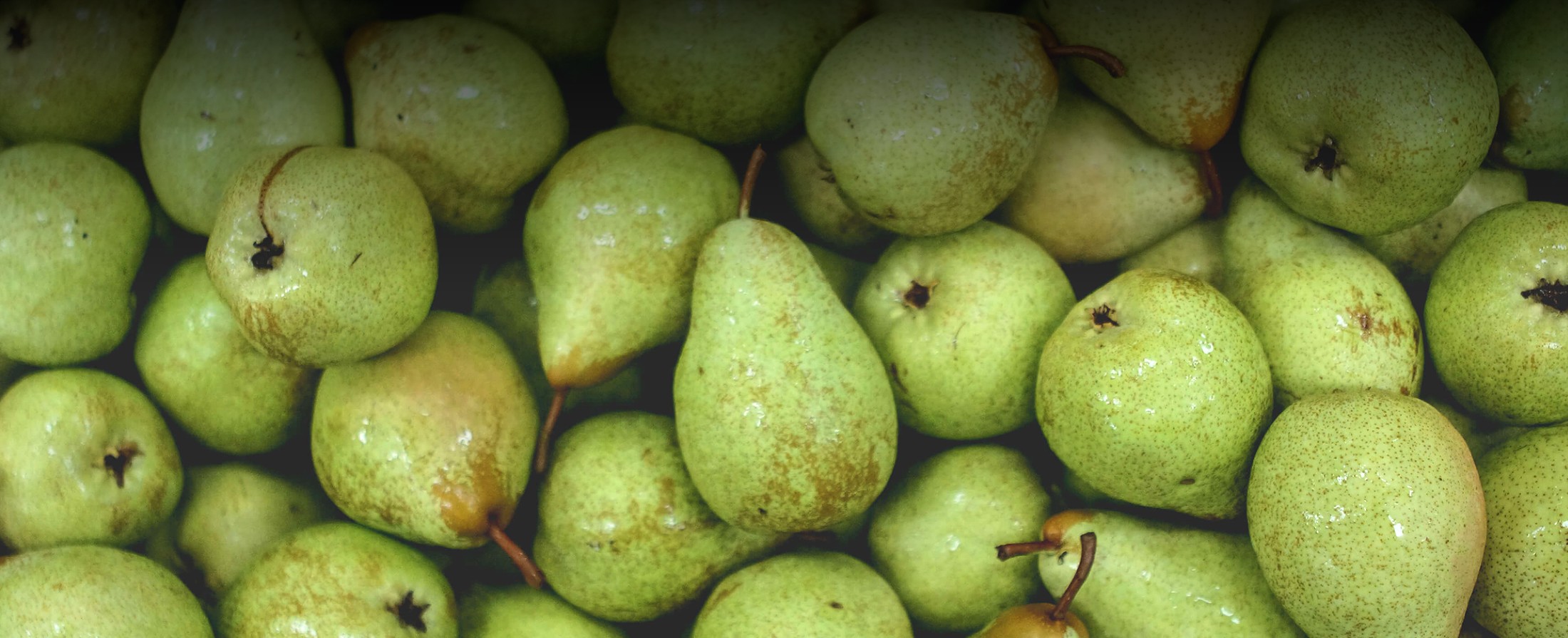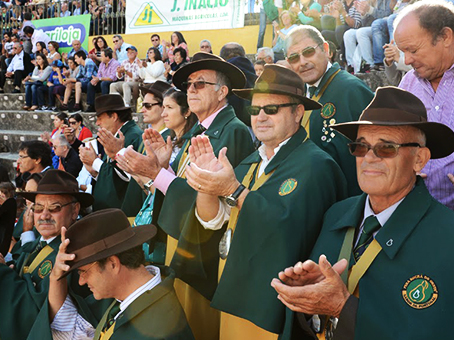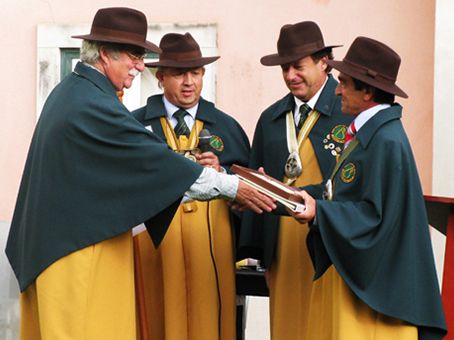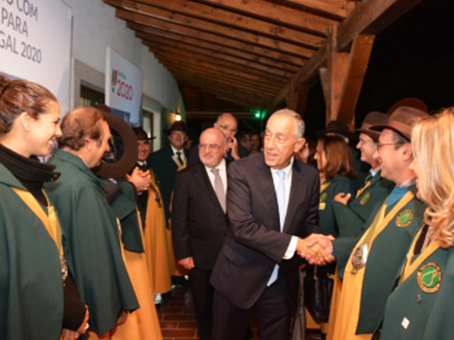The History
Pera Rocha production started out in the Oeste region but due to its popularity, it spread to other parts of the country. The pear produced in the Oeste region has DOP (Protected Designation of Origin) certification and is recognised as “Pera Rocha do Oeste”.

“In 1836, Mr. Pedro António Rocha stumbled upon a different kind of pear tree on his property, Fazenda Rocha, which was situated in Ribeira de Sintra, in the Oeste region close to Lisbon.“

“He was proud to possess such unique fruit with exceptional quality and so every year in September he would invite his friends to enjoy the pears. It was from that tree that the variety spread and gained renown. In tribute to its owner, this rare fruit started to be called Pera Rocha.”

“It was only officially recognised 90 years later during the 2nd National Pomology Conference, in Alcobaça. The agricultural manager, Guilherme Joaquim da Matta made a communication about Pera Rocha, telling of his visit to the farm. “Having noted that several people in Ribeira de Sintra said they knew the ´Rocha´pear tree from which the first grafts had been taken, I went there and not only obtained confirmation of what they related, but at said Rocha’s farm, they showed me the particular pear tree, situated in a small ditch separating the orchard from the arable land and where there were four or five more specimens that seemed more recent. One thing that struck me straight away as being noteworthy was the robustness of the tree. In fact, I was looking at a specimen which I realised, from its appearance and information given by the elderly people present, was no less than 90 years old”.”
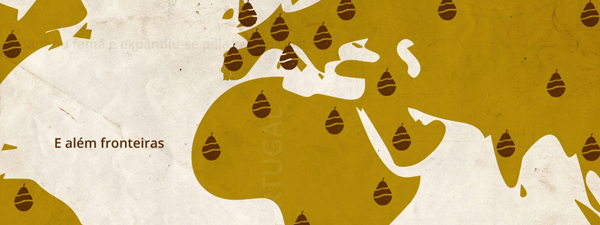
“That is how Guilherme Joaquim da Matta summarised the reasons for the rapid expansion of this pear tree: beauty “exquisite flavour” and able to be stored for a long time.”
FROM FIELD TO PLATE
FRUIT THAT GIVES YOU HEALTH
Pera Rocha is distinguished for its unique characteristics, making it a flavour of Portugal
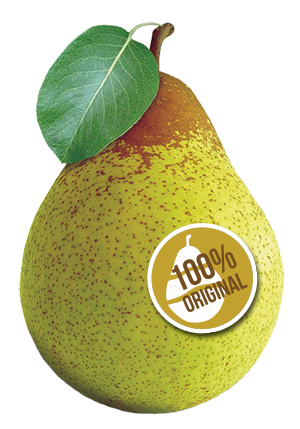
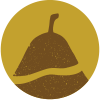
SIZE
Average (55-65 mm)

SHAPE
OVAL AND PEAR-SHAPED

SKIN
THIN AND SMOOTH

COLOUR
YELLOW TO LIGHT GREEN

RUSSETING
TYPICAL AROUND THE STALK

FLESH COLOUR
White

FOOD QUALITY
CRISP, FIRM, JUICY AND SWEET, EXCELLENT FOOD QUALITY
NUTRITIONAL INFORMATION
(AVERAGE VALUES PER 100G)
ENERGY
29
calories
125 joules
PROTEINS
0.2
grams
WATER
85.5
grams
CARBOHYDRATES
7.6
grams
FAT
--
trace
DIETARY FIBRE
1.7
grams
HOW TO CHOOSE AND STORE IT
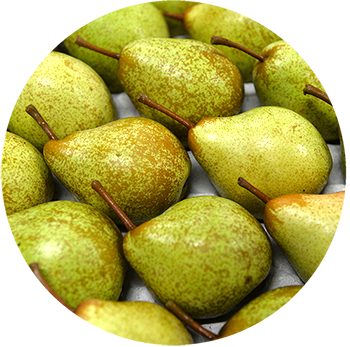
A VERSATILE FRUIT
When it is less ripe, Pera Rocha do Oeste is crunchy. When it is ripe, it becomes yellow, becoming sweeter, softer and juicier (melting, in technical language).
If it is not eaten immediately, and if the flesh is not too hard, you should keep the pear on the lower shelf of the fridge, inside the fruit & veg drawer. To store it for more than ten days, don’t mix it with fruit which accelerates ripening, such as bananas and kiwis.
Like any fruit, Pera Rocha must be washed before being eaten. You can eat it at room temperature or chilled and its skin is high in dietary properties.

A PORTUGUESE ICON
In salads, juices, yoghurt, cakes, sweets, to accompany various dishes or made into a liqueur, Pera Rocha do Oeste is a versatile ingredient and goes well with any dish.
Pera Rocha is not only the symbol of the Oeste region but holds a prominent place on the table of Portuguese households. On average, each inhabitant eats 6.3 kilos of pears per year: it’s the fourth most consumed fruit in Portugal.
Its flavour also travels abroad. Pera Rocha is one of the domestic agricultural products with the highest exports and is very much enjoyed in Brazil, the United Kingdom, France, Germany and Morocco, the five main export destinations. Around 60% of domestic production is sold in international markets.
THE DOP
Pera Rocha do Oeste was recognised in 2003 as DOP – Denominação de Origem Protegida (Protected Designation of Origin), the seal of the European Union that certifies the quality and tradition of food and agricultural products. The seal ensures that production is carried out in a specific territory and that its entire process is governed by certified rules and know-how.
PRODUCTION OF PERA ROCHA DO OESTE DOP IS RESTRICTED TO 29 MUNICIPALITIES IN THE REGION.
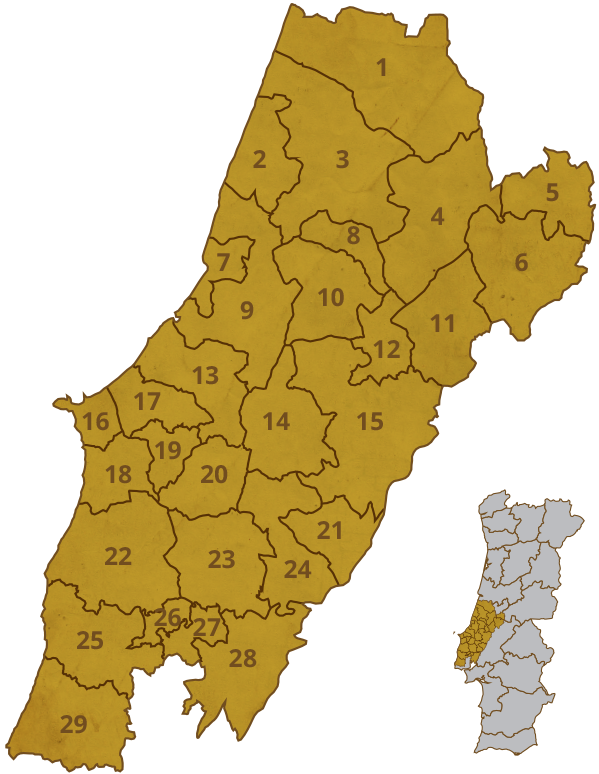


The Oeste region has unparalleled conditions for this crop, which are determining factors for giving Pera Rocha its colour, texture and flavour. The climate, the relief, the air humidity, the type of soil and the wind influence the final product and the proximity to the sea plays a leading role.
The physical, chemical and sensory characteristics of Pera Rocha do Oeste are, therefore, closely related to the geographic area of origin, especially the specific micro-climatic differentiation of the Oeste region and its soils, along with the producers’ know-how and the local production methods.
Pera Rocha do Oeste DOP’s production area is around 10 thousand hectares and use of the seal depends on compliance with the rules set product specifications . It is the responsibility of the ANP (National Association of Pera Rocha Producers) to manage the DOP and to ensure that production is maintained in the traditional manner, in accordance with the defined parameters. A Control Body checks and assesses compliance with all the rules (Codimaco).
CONFRARIA (BROTHERHOOD)
Confraria da Pera Rocha do Oeste was formed by Associação Nacional de Produtores de Pera Rocha (National Association of Pera Rocha Producers) and was the first in the country linked to this fruit.
The deed of constitution and the 1st Enthronement Ceremony took place at the Cadaval Town Hall on the 25th of May 2004.


